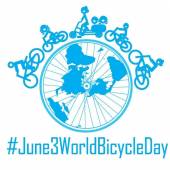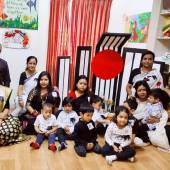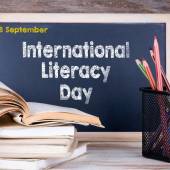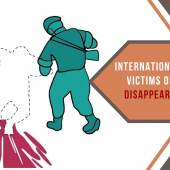UN stresses using technology for multilingual learning to create inclusion
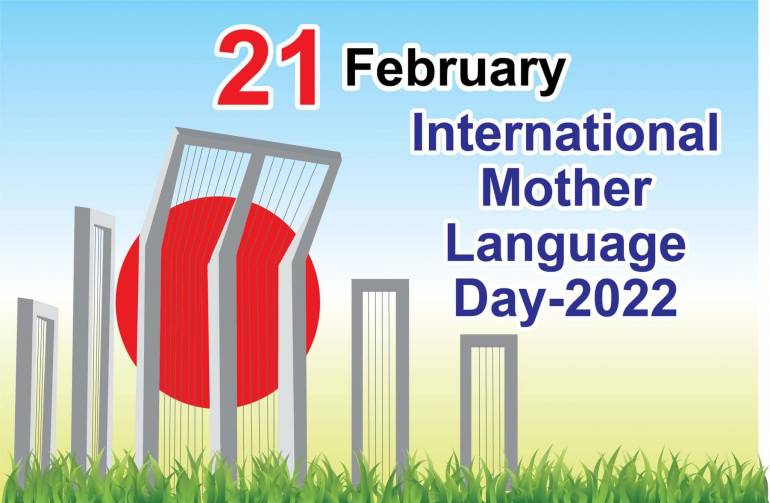
International Mother Language Day is on February 21.
The idea for an International Mother Language Day was born from the initiative of Bangladesh. Every language shapes the way we think and determines what we can think about.
Language is the most powerful tool for protecting and improving our tangible and intangible heritage. Every mother tongue plays a crucial role in the general development of individuals. After developing their skills in two or even three languages, they understand how to use different languages efficiently.
These are the best efforts to promote the propagation of mother tongues that would help facilitate linguistic diversity and multilingual education, increase awareness of linguistic and cultural values throughout the world, and build unity centered on empathy, harmony, and discussion.
The main reason to celebrate International Mother Language Day is to promote awareness of linguistic and cultural diversity and promote multilingualism.
The 2022 International Mother Language Day theme is “Using technology for multilingual learning: Challenges and opportunities.”
The day creates awareness of the potential role of technology to advance multilingual education and support the development of quality teaching and learning for all.
The theme also acknowledges that inclusion can be advanced by language and multilingualism, and sustainable development and goals aim to leave no one behind.
UNESCO argues that, as early childhood care and education are the foundations of learning, education based on the first language or mother tongue must start from the early years.
History says, on this day in 1952, students of Dhaka University and some social activists staged a protest to maintain the existence of their mother tongue. The protest soon turned into a massacre. Sixteen people were killed in this incident.
Later on, February 21 was declared International Mother Language Day by UNESCO in 1999. It has been observed throughout the world since February 21, 2000. The declaration came up in tribute to the Language Movement done by the Bangladeshis (then the East Pakistanis).
Although it has been a United Nations initiative since 2002, the original idea to mark the day came from Bangladeshi migrants living in Canada who successfully petitioned the then UN Secretary-General Kofi Annan to save languages from extinction.
UNESCO believes in the importance of cultural and linguistic diversity for sustainable societies. Within its mandate for peace, it works to preserve the differences in cultures and languages that foster tolerance and respect for others.
Linguistic diversity is increasingly threatened as more and more languages disappear. As we know, globally, 40 percent of the population does not have access to an education in a language they speak or understand.
Nevertheless, progress is being made in mother tongue-based multilingual education with the growing understanding of its importance, particularly in early schooling, and more commitment to its development in public life.
Multilingual and multicultural societies exist through their languages that transmit and preserve traditional knowledge and cultures sustainably.
According to the United Nations, approximately 6,500 languages spoken worldwide are at risk of extinction, with a language disappearing every fortnight. As well as promoting intercultural dialogue and respect, languages are proven to also play essential roles in the sustainable development of communities and the preservation of cultural heritage.
What are you doing to promote International Mother Language Day?
It may be a small or big effort; tell us in the comments below.
Radio Veritas Asia (RVA), a media platform of the Catholic Church, aims to share Christ. RVA started in 1969 as a continental Catholic radio station to serve Asian countries in their respective local language, thus earning the tag “the Voice of Asian Christianity.” Responding to the emerging context, RVA embraced media platforms to connect with the global Asian audience via its 21 language websites and various social media platforms.









